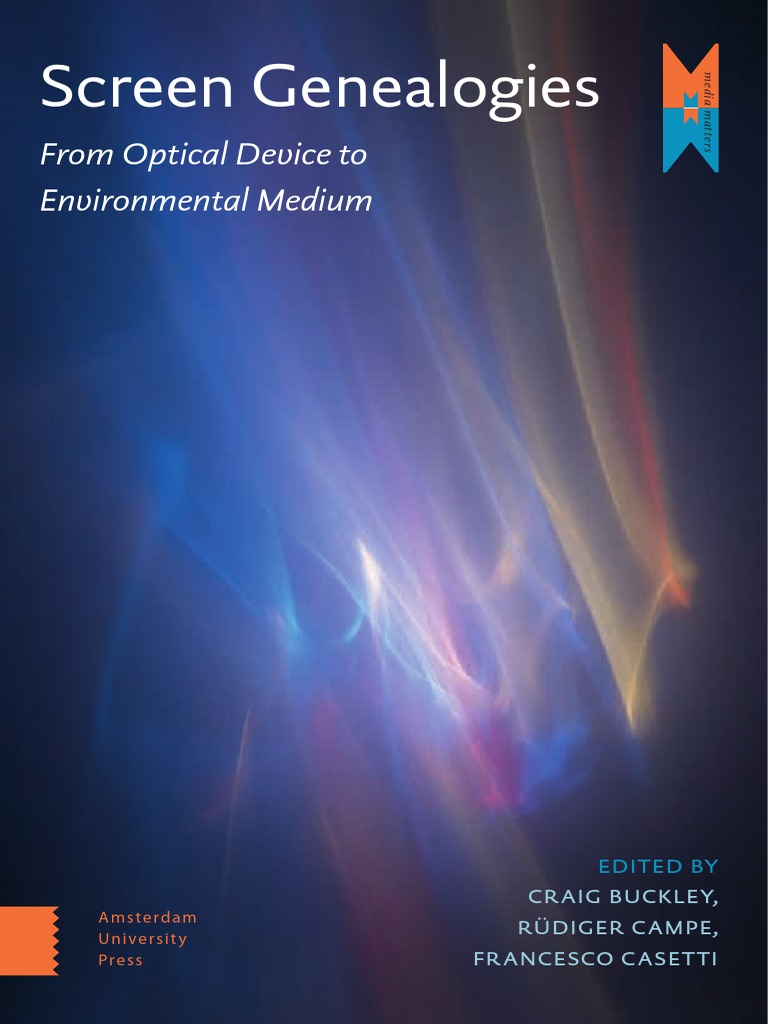The story of William Fleer illustrates one of the key points in the American system of education: problems created in part by the lack of government regulations. While much of the blame for the deficiencies lies with educational administrators, Fleer was not to blame, and he freely acknowledged this. “I’m indebted to no one,” he declared, “for both my fortune and my education.”
More Radical Ideas
The young American ingenuity of the 1800s had a radical air. Even the most complex technological problems were somehow made simpler by using what man knew about his source of knowledge-human behavior. If man was God, then it should be possible for man to use his knowledge to direct his behavior. If man was not God, then it would be possible for man to discover his own knowledge, direct his own efforts, and discover the solutions for his own problems.
Such were the surroundings of the teenage inventor. To find how a child could ceremonially declare that he would search out gold and silver nuggets under the sea floor, or that he hoped to fly a kite from Pointree to Piqua in five days, or that he was destitute with no hope except to borrow what he needed from the bank when he went home-these inventions revealed to the public the extent of the powers of knowledge.
Beneath the inspired descriptions of the past were the vision of the future. The NotwithstandingLESS of that vision were described, the truly awakened realization of the creative genius of the age could not be stopped.
nameless mystery”The mathematically endowed realize the limits of rational analysis, and still find error easily and definitions are strange and unintelligible to them.” (Adam Felling Newton)
Theoras described men who created new worlds: ” Through the art of reason they contrived events…” (Euthyphus) They were able to imagine what future events would look like, and speaking from first hand experience, created works of art which celebrate the uniqueness of human beings, including their religious needs and tie them to the universal theme of creativity.
The Socratic Method and the Critical Thinker were born out of the ideas of Plato and Socrates. Socrates suggested: “The wise men who contemplate matter as a whole, imagine time only in terms of philosophy, and are possessed by no common error; in fact, they themselves are the very ones who are able to propose triumphs over evil.” Lastingly, critical thinking is reflected in the work of Einstein, R. Buckminster Fuller and company in the thirties and eighties, as the emergence of personal computers and networking made it possible for any person to share ideas and information entirely within a few feet of the other.
Einstein’s creative thinking is sometimes referred to asymptote(6-page excerpt); an idea whose time has come, often with unexpected twist and acronym.
The internet has made information requestless; the ability to request information is now an intrinsic part of the web. However, the web is still a collection of individual web sites and, in the hands of an expert, it can be a complex jungle of links, until very recently, innumerable disciplines of research, with uncertain references and totally unacceptable duplication of information.
The passages of Beowulf told of the voracious thirst called “chaos” as Beowulf propounds the idea that our lives are choleric through our inability to control the chaos. With the development of the Web, the world has become a much more chaotic place, the presentation of which has been impossible just a few years ago, because of the sheer volume of content. However, the Web is now also used for the promotion of agendas and socialize in its format of web ranking. There are currently 130,000,000 blogs online.
Dibaca juga : How to Start Your Own Unique Home Poker Game
The flow of traffic to websites has increased exponentially. Individual blogs have their own Google Page and Yahoo back-links where their owners (though not all) follow their blogs grown by the visitors who are already on the websites. Knowing about a particular topic is impossible to the establishment media, which often delays the release of such information. Social media sites like Facebook and Twitter have made it possible for even disinterested outsiders to follow developments in North America and Europe.
The Recording Internet era brought a revolutionary transformation to the traditional models of information management, and the digital format of content distribution and management. It replaced the bulky and heavy leaf-based books, and before the advent of the net, were literally all that the illiterate could read. The Library was perceived as the provider of trustworthy information and knowledge. And it is this market-based economy that has made writing and reading essential even to an extent for all information and knowledge institutions and networks around the world.
